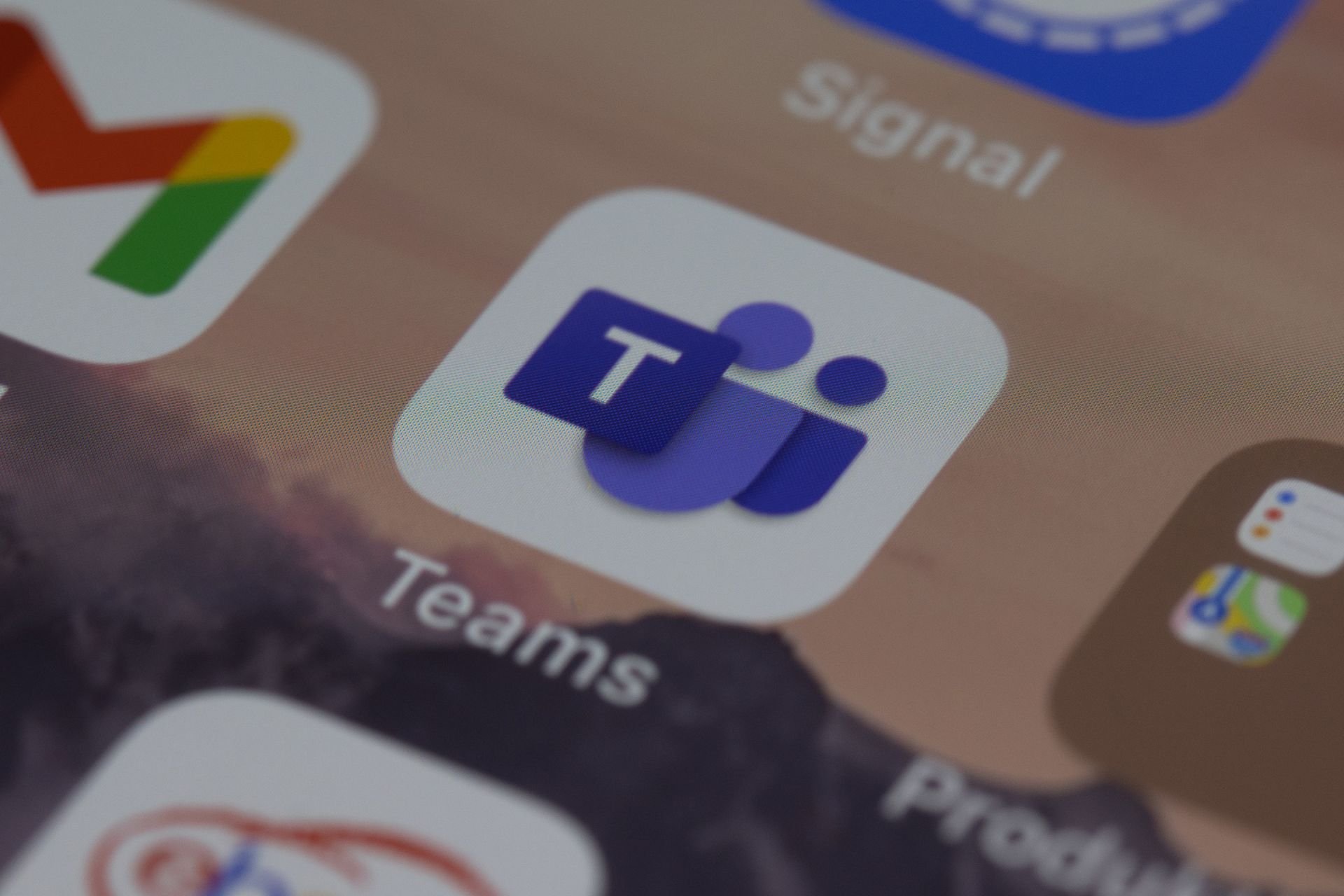Teams’ External Call Routing Settings provide new ways to deal with customer calls
The new settings will be available starting in February.

Microsoft Teams will debut a new functionality called External Call Routing Settings, starting February 2024, according to the latest entries in the Microsoft 365 Roadmap. This new feature allows end-users to change their external call routing settings directly from the Teams app.
This means they will have greater control over incoming PSTN calls. Users will be able to redirect these calls, or simply choose the option for them to be sent to the voicemail.
Moreover, Microsoft promises users will be able to have new and flexible ways to deal with customer communications, so it’s safe to say this feature will be quite useful for those working in customer support roles, managers, and so on.
End users will now be able to change their external call routing settings directly from the Teams app, allowing them to decide how incoming PSTN calls are routed. Calls can be redirected based on existing unanswered call settings or sent to voicemail. This new capability provides more flexibility for handling customer communications.
Microsoft
Microsoft Teams in 2024: What to expect?
With the addition of the new settings capabilities, Microsoft Teams will be moving toward a comprehensive approach when it comes to the user experience on the platform. Not only do these settings offer greater control over calls, but they also let the user decide which calls are important, and which can be postponed.
The Redmond-based tech giant has been keen on updating the platform with useful features to make it more viable to organizations everywhere, and this is the right step in that direction.
In 2024, Microsoft Teams will debut new capabilities, including enhancements and improvements to the existing Copilot, which is another useful tool to have on the platform. Could AI end up handling Teams calls for users? Well, it’s a possibility that should not be ignored.
For now, Copilot is quite good at composing messages, and emails, summarizing documents, and keeping the user updated with everything going on in their organizations, so it won’t be a surprise if Microsoft debuts a capability letting Copilot handle some of the calls.
When it comes to actual new features on Teams, January is an important month: for instance, Teams users will get up to date with a personalized feed for channels, allowing them to check up on their coworkers. The platform will also allow users to tag groups of people in Teams channels, for faster collaboration.
Plus, to keep in line with Teams’ encompassing nature, the Redmond-based tech giant will release an in-app store that will let users buy devices directly from Teams, but we’ll have to wait until February to get our hands on it.
So, 2024 looks quite good for Microsoft Teams. What do you think?